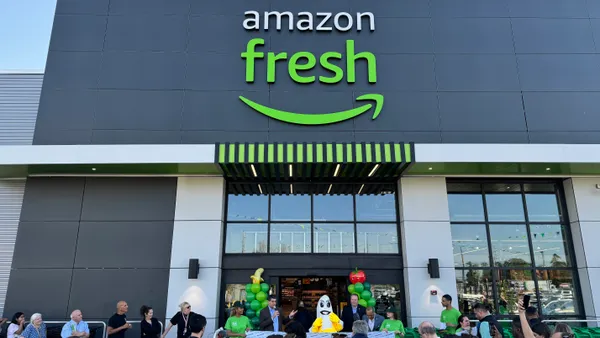Editor's note: The following is a contributed piece by Greg Andrews, senior vice president at Corporate Synergies, an employee benefits broker and consulting firm.
The healthcare and insurance industries are in an unprecedented period of industry consolidation. Merger and acquisition activity in the brokerage and consulting space was at a feverish pitch in 2017 and through the first part of 2018, fueled in large part by the private equity industry's continued love affair with the insurance distribution sector.
Despite the failed mergers of Aetna-Humana and Anthem-Cigna, industry experts still expect consolidation in the health insurance market to continue. CVS’ deal to buy Aetna for $69 billion and Cigna's deal to buy Express Scripts for $67 billion demonstrate the strategic intent to utilize cross-industry purchases to drive increased economies of scale and innovation through vertical integration.
But both deals — widely speculated to be a reaction, at least in part, to rumors that Amazon is preparing to enter the pharmacy business, as well as the recent announcement that Amazon intends to team up with fellow behemoths Berkshire Hathaway and JP Morgan Chase to try and disrupt the industry by forming a new healthcare/insurance purchasing model — underscore the turbulent and rapidly evolving state of the healthcare marketplace. Healthcare providers and payers are racing to deliver care more efficiently, and are likely to profit from paradigm-shifting mergers and unconventional partnerships.
But much of the health insurance and pharmacy benefits industry consolidation in recent years hasn't necessarily been good for healthcare consumers or employers. Why? It limits choice and has not delivered on its intended promise to be more efficient, more cost-effective and to result in less expensive care for consumers.
For example, multi-state employers' health insurance options are typically limited to the four major national carriers: Blue Cross Blue Shield, United Healthcare, Cigna and Aetna. The pharmacy benefits manager (PBM) industry is dominated by "the big three," which control 70% of the market: CVS Caremark, Express Scripts and OptumRx. Opponents of consolidation say insurers and PBMs hold onto any cost savings for their shareholders and executive compensation, rather than pass it on to consumers in the form of lower prices.
Proponents of the merger of retail pharmacy giant CVS and insurance carrier Aetna say it will benefit consumers by combining most of the basic healthcare services that people regularly use into one-stop shopping. The consolidation could mean that patients will derive more healthcare services from their retail pharmacy and more pharmacy services from their healthcare provider.
But opponents say the merger will cut out competitors, such as neighborhood pharmacies. Pharmacists in Arkansas argue that CVS Caremark, the PBM for the state's largest insurer, is already reimbursing small mom-and-pop pharmacies for Medicare-covered prescriptions at lower rates than its own stores.
The Cigna-Express Scripts deal also has its own set of pros and cons. The merger may mean lower prices and more services for employers that work with them. But the deal could cloud any transparency into how drug prices are determined and what's happening to rebates.
It begs the question: is consolidation a bitter pill for the benefits and healthcare industry, or an evolutionary necessity? It depends on your point of view.
If you are an employer, there are a wide range of factors to consider, including your employee population, the state(s) in which you operate, the types of insurance and benefit programs you offer and the level of transparency you seek to achieve in your healthcare vendor arrangements. And this is just the tip of the iceberg.
Being aware of the rapidly evolving healthcare and insurance industry landscape is important for employers who want to be forward-looking in their insurance strategies. One thing we've all learned in recent years is that change is the one constant.
No matter how prescient your crystal ball is, it's time to buckle your seatbelt because market disruption and turbulence are sure to continue.











